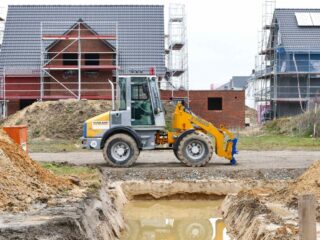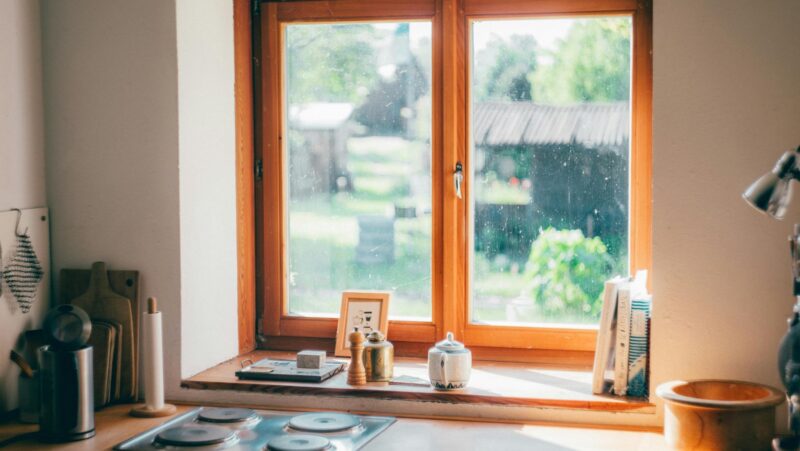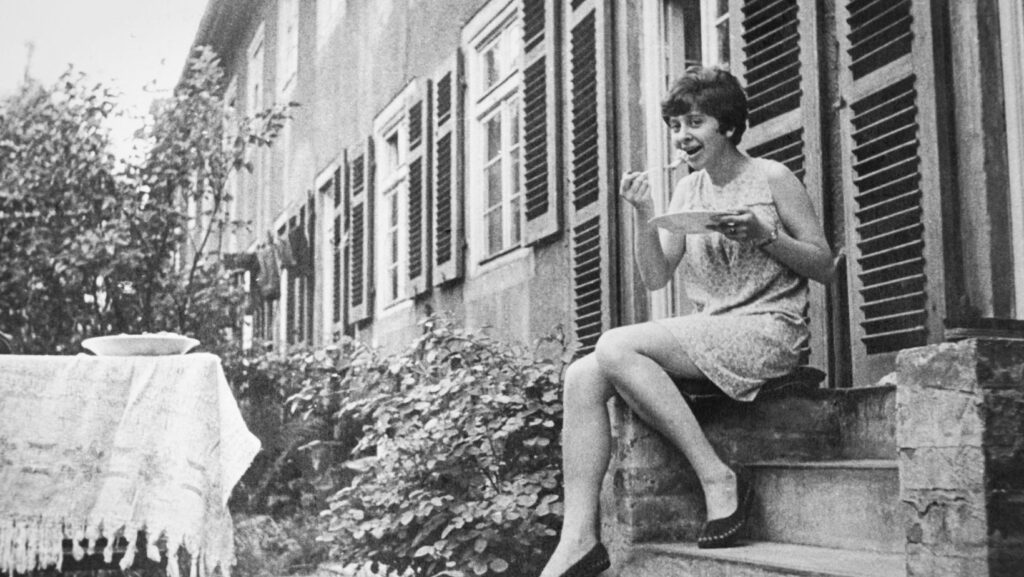
Our relationship to our history shapes the choices we’ll make tomorrow – or so people like to say – and anyone who has lived through a few moves or watched a house change hands will agree without hesitation. The past isn’t a shadow we leave behind for good. It stands next to us. It’s steady and patient, and waits for acknowledgment. That’s your starting point for saving old property photos, a practice that folds memory into something solid, visible.
These images are small but precise documents of the rooms we once trusted; of the walls that once kept us warm; of the seasons that changed before our eyes, that slid across the front porch. They let us measure how time has worked on wood, brick, and family. In their silent way, they’re showing us that memory deserves evidence and that every home – whether modest or grand – contains stories worth recording and revisiting.
The Pull of Printed Time
There is something magnetic about handling old photographs—images printed on paper that have witnessed years of sun, scent, laughter, and even tears. Each crease, faded edge, smudge, or scratch tells part of a life lived. When the photo features a house or apartment you once called home, that pull becomes stronger. You see more than bricks and rooms—you see the people who leaned against those walls, the texture of daily living: a child’s drawing on plaster, a scuffed doorknob, the worn place where the dog always slept. These details linger when spoken words fade.
Scientific research confirms that such physical reminders of our past yield more than just quiet nostalgia. A study published in Nature Human Behaviour found that nostalgic reflection—often triggered by personal photographs—acts as a buffer against psychological pain. Participants who recalled meaningful memories, using visual triggers, showed increased pain tolerance and less distress.
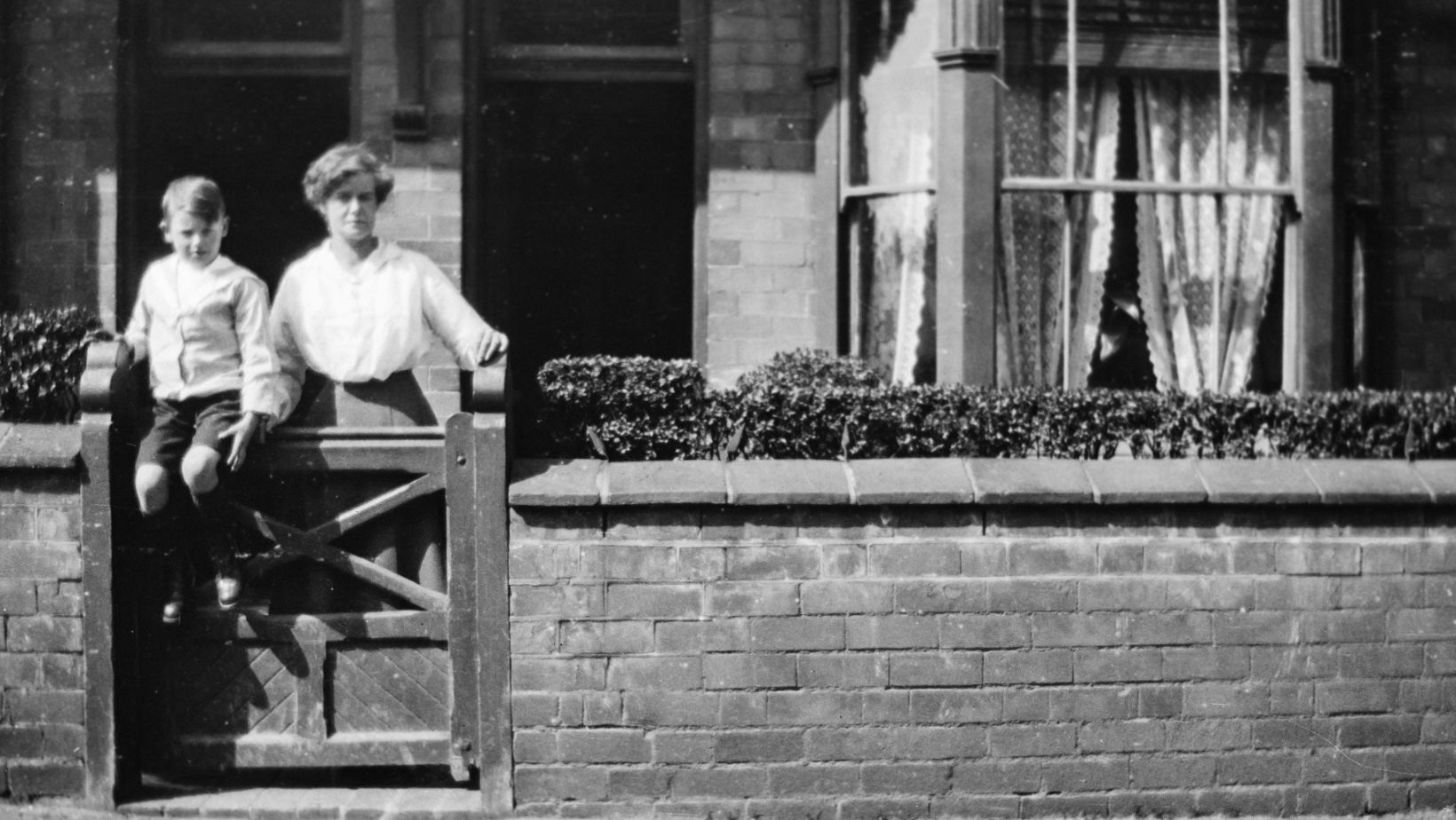
Why Saving Old Property Photos Matters
Consider the images as more than decoration, as records that cross time without asking for our permission. They’re providing a clear path for future reflection; they help us see how daily life once shaped the spaces we now occupy or have already left. Here’s why saving old property photos matters.
An Archive of Family Weight
A house often becomes more than walls and furniture. It collects laughter from family dinners, the tension of late-night arguments, and the quiet patterns of everyday life. Even small details—a loose stair, a faded doorframe, a scratched handle—become silent witnesses to years of living. Photographs preserve those details in a way memory alone cannot, creating a record that holds on to both place and feeling.
When shelves begin to overflow with boxes of prints, it can help to convert photos to digital as a way to protect them and reduce clutter. Digital files don’t fade, warp, or tear, and they are easy to back up across multiple devices. You can keep the original albums tucked safely away while still enjoying instant access to their history. That flexibility keeps stories within reach while guarding them against loss.
Digitizing also changes how memories are shared. Instead of searching through old boxes, relatives can pass photos back and forth online, create custom albums, or display slideshows during gatherings. Children and grandchildren gain an easier entry point into family history, while older generations still hold on to the comfort of physical prints. Blending digital convenience with the permanence of paper makes it possible to carry the past forward without letting it slip away.
Walls That Speak
Imagine a hallway lined with frames that trace a house from its first coat of paint to its most recent renovation. A gallery wall or a large album becomes a running conversation with younger relatives; it’s there to show them how persistence and care create comfort. They see proof that every neat corner or repaired fence began with effort and sometimes with trial. The pictures will explain the work without a lecture.
This visual record also encourages family members to ask questions that might never surface in casual conversation. A faded picture of a long-gone garden might spark a story about a grandparent’s careful planting or an uncle’s first (somewhat successful) attempt at carpentry.
Life Lessons in Still Frames
The images of the past instruct without ceremony. They show that a room need not be flawless to feel alive. They remind us that life once moved at a steadier pace and that happiness fits into small rooms as easily as into grand ones. Each photograph contains practical advice on design, maintenance, and resilience – lessons you’re able to grasp at a glance. The observation of these details trains the eye to notice quality in everyday surroundings. It shapes the way we value repair over replacement and gives perspective when planning future changes.
Sharing the Record
Old property photos are generous objects. They can travel across family branches, copied and sent to cousins who’ve never stepped through the original doorway. Local historical societies welcome them, too, because a single image of a porch or a street corner can fill a gap in public records. The act of sharing enlarges the community’s sense of its own past.
Neighborhood archives or online heritage projects often rely on personal collections. Your simple decision to scan and submit a few photographs will add some depth to the wider understanding of a city or a small rural road.
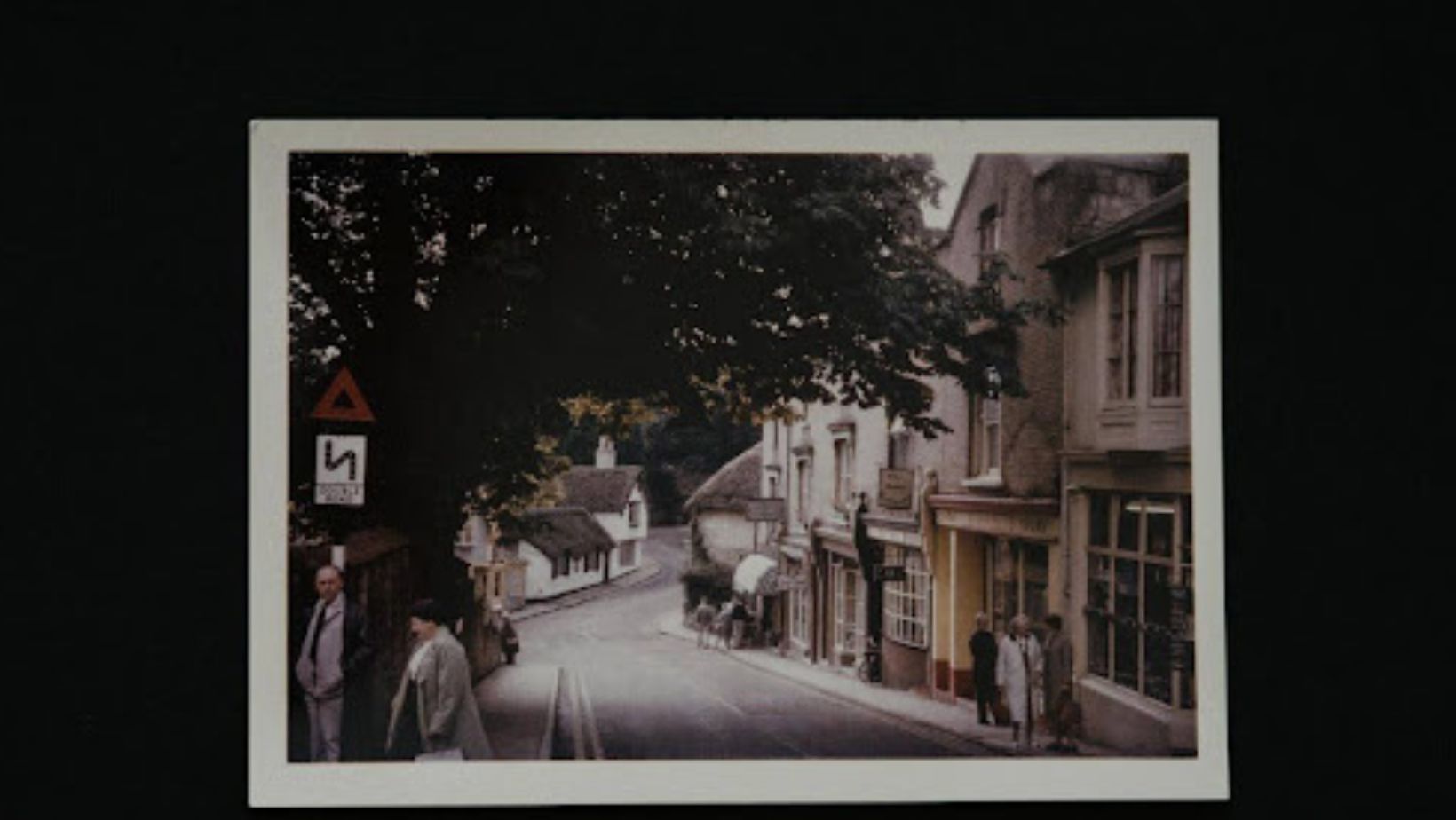
When the Sign Goes Up
Potential buyers often respond to the silent authority of documented history. A house with visible proof of its journey feels anchored. Displaying selected images during an open house – before and after renovations, seasonal snapshots, early construction shots – helps visitors picture the property as part of a story they can join. It gives the structure a voice.
Real estate professionals sometimes note that such photographs can even add perceived value, as they (photos) present the house as cared for and continuously loved, which can often matter as much as square footage.
The Last Frame
Every photograph of a home is a contract between what once stood and what still stands. Preserving these images will make sure that a family’s story and a building’s character won’t dissolve into vague recollection. Saving old property photos secures more than decoration; it preserves a layered record of daily life, ready for future eyes that will search for continuity and find it.
Think of the photographs as a steady bridge between generations. They give future family members a clear map of their origin and offer present-day owners a calm reminder of endurance. As years advance and neighborhoods change, the images will speak with the same level of silent authority, affirming that the places we inhabit matter, and that memory, when we protect it with care, remains vivid long after the walls have changed color or the roof has been replaced.






